The Making Of The Lexus LFA Supercar. An Inside Report In 5 Chapters

One of two circular looms on the planet. 12 layers of seamless carbon fiber are woven into what will be part T3-3RH, part A-pillar, part roof support
This 5 chapter series gives you unprecedented access to the LFA Works in Motomachi. Here, 500 LFA supercars are being handmade by 170 people, and you can watch how they do it.
The baking happens in the autoclave next door. Picture it as a garage-sized pressure cooker. Pieces in the autoclave are covered with foil, then vacuum is applied that presses the layered piece into its mold. Two bars of pressure is applied to the autoclave, and at a constant temperature of 150 C, the parts are cooked to perfection.””
Chapter One: From A Bar To Bar None. How the LFA was born, and why it is made from carbon fiber.
The strongest parts of the LFA are made in a clean room. Our hair is covered. We wear long white coveralls. Booties go over our shoes. Someone vacuums me from top to bottom.””
Chapter Two: In The Clean Room. Where the LFA is made from the strongest and most expensive type of carbon fiber available.
Building the body of one LFA takes four days, we race through it in three hours. On the fourth day, there is what is called a body-in-white in the car making industry. Except that in the case of the LFA, it is a body-in-black. In a shiny, glossy black that we usually associate with carbon fiber.””
Chapter Three: Call Me Names. How the LFA really received its name.
Some likened the sound to “the roar of an angel”, some to “an F1-inspired tune.” Lesser poets could compare it to the sound of a circular saw.””
Chapter Four Balance Of Power. We watch the V10 engine go into the LFA.
What will happen to the LFA Works at the end of the year? Will Tanahashi, now 59, simply go into retirement? Will the 170 associates who make the LFA go back to making Crowns, Corollas and Camrys?
Chapter Five: Exam Week. We examine Chief Engineer Tanahashi about how the LFA influences future cars, and what will come after the LFA.

Bertel Schmitt comes back to journalism after taking a 35 year break in advertising and marketing. He ran and owned advertising agencies in Duesseldorf, Germany, and New York City. Volkswagen A.G. was Bertel's most important corporate account. Schmitt's advertising and marketing career touched many corners of the industry with a special focus on automotive products and services. Since 2004, he lives in Japan and China with his wife <a href="http://www.tomokoandbertel.com"> Tomoko </a>. Bertel Schmitt is a founding board member of the <a href="http://www.offshoresuperseries.com"> Offshore Super Series </a>, an American offshore powerboat racing organization. He is co-owner of the racing team Typhoon.
More by Bertel Schmitt
Latest Car Reviews
Read moreLatest Product Reviews
Read moreRecent Comments
- Jbltg The more time passes, the more BMW's resemble Honda. zzzz
- VoGhost Doubling down on the sector that is shrinking (ICE). Typical Nissan.
- Dwford I don't think price is the real issue. Plenty of people buy $40-50k gas vehicles every year. It's the functionality. People are worried about range and the ability to easily and quickly recharge. Also, if you want to buy an EV these days, you are mostly limited to midsize 5 passenger crossovers. How about some body style variety??
- SCE to AUX The nose went from terrible to weird.
- Chris P Bacon I'm not a fan of either, but if I had to choose, it would be the RAV. It's built for the long run with a NA engine and an 8 speed transmission. The Honda with a turbo and CVT might still last as long, but maintenance is going to cost more to get to 200000 miles for sure. The Honda is built for the first owner to lease and give back in 36 months. The Toyota is built to own and pass down.





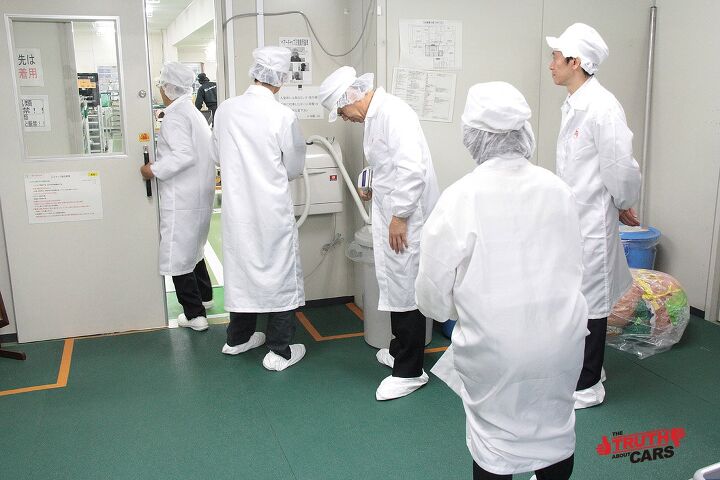

















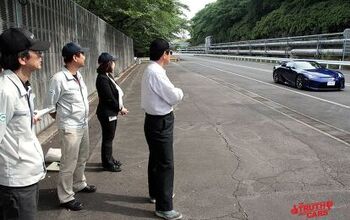
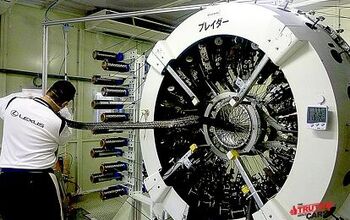
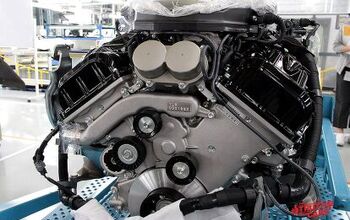

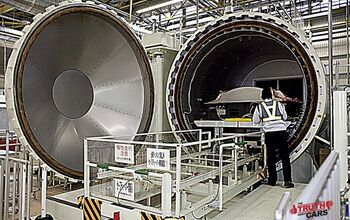











Comments
Join the conversation
That carbon-fiber loom looks a lot like a Wright R-2600 engine on a B-25 bomber.
Astonishing stuff. The LF-A really is a no-expense spared car.